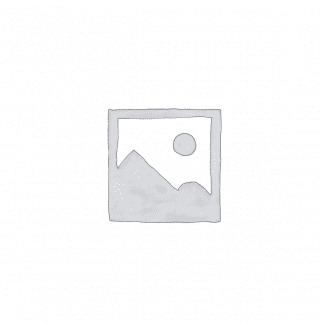ABSTRACT
Dandruff is a scalp disorder which is characterized by excessive shedding of skin cells from the scalp. It is a common problem faced by people of all age groups. As the epidermal layer continually replaces itself, cells are pushed outward where they eventually die and flake off. For most individuals, these flakes of skin are too small to be visible. However, certain conditions cause cell turnover to be unusually rapid, especially in the scalp. It is hypothesized that for people with dandruff, skin cells may mature and be shed in 2–7 days, as opposed to around a month in people without dandruff. The result is that dead skin cells are shed in large, oily clumps, which appear as white or grayish flakes on the scalp, skin and clothes (De Angelis et al., 2005). Yeast like lipophilic basidiomyceteous fungus Malassezia furfur [Pytirosporum ovale] is the causative organism for dandruff (Arora et al., 2011). Malassezia converts the sebum lipid into fatty acids and triglycerides, which accelerate hyperproliferation of keratinoytes (Singla et al., 2011). The treatment options [ointments, lotions, shampoos] currently available for management of dandruff have zinc pyrithione, salicylic acid, imidazole derivatives, selenium sulphide, tar derivatives, ketocanazole etc. as key ingredients (Vijayakumar et al.,2006). These synthetic treatment options have certain limitations, which may be due to poor efficacies or due to compliance issues (Vijayakumar et al., 2006). These are unable to prevent reoccurrence of dandruff with side effects that cannot be neglected. The best approach to treat dandruff is to use plants and herbal formulations which possess antidandruff properties. Studies evaluating antifungal effect of essential oils have also been reported (Lee et al., 2010: Arora et al., 2013). Antifungal activity of different plant extracts against Malassezia furfur is carried out in this work. Various natural plant extracts are known for their antidandruff properties. Evaluation of anti-fungal properties of such plant extracts can be done and they can be used effectively as an alternative to chemical agents in various anti dandruff formulations. Along with anti-fungal properties, plant extracts are also known for their conditioning properties which will be fruitful in maintaining the overall health of scalp and hair (Balakrishnan et al., 2011).
DOWNLOAD COMPLETE WORK- For Reference Only: Materials are for research, citation, and idea generation purposes and not for submission as your original final year project work.
- Avoid Plagiarism: Do not copy or submit this content as your own project. Doing so may result in academic consequences.
- Use as a Framework: This complete project research material should guide the development of your own final year project work.
- Academic Access: This platform is designed to reduce the stress of visiting school libraries by providing easy access to research materials.
- Institutional Support: Tertiary institutions encourage the review of previous academic works such as journals and theses.
- Open Education: The site is maintained through paid subscriptions to continue offering open access educational resources.



